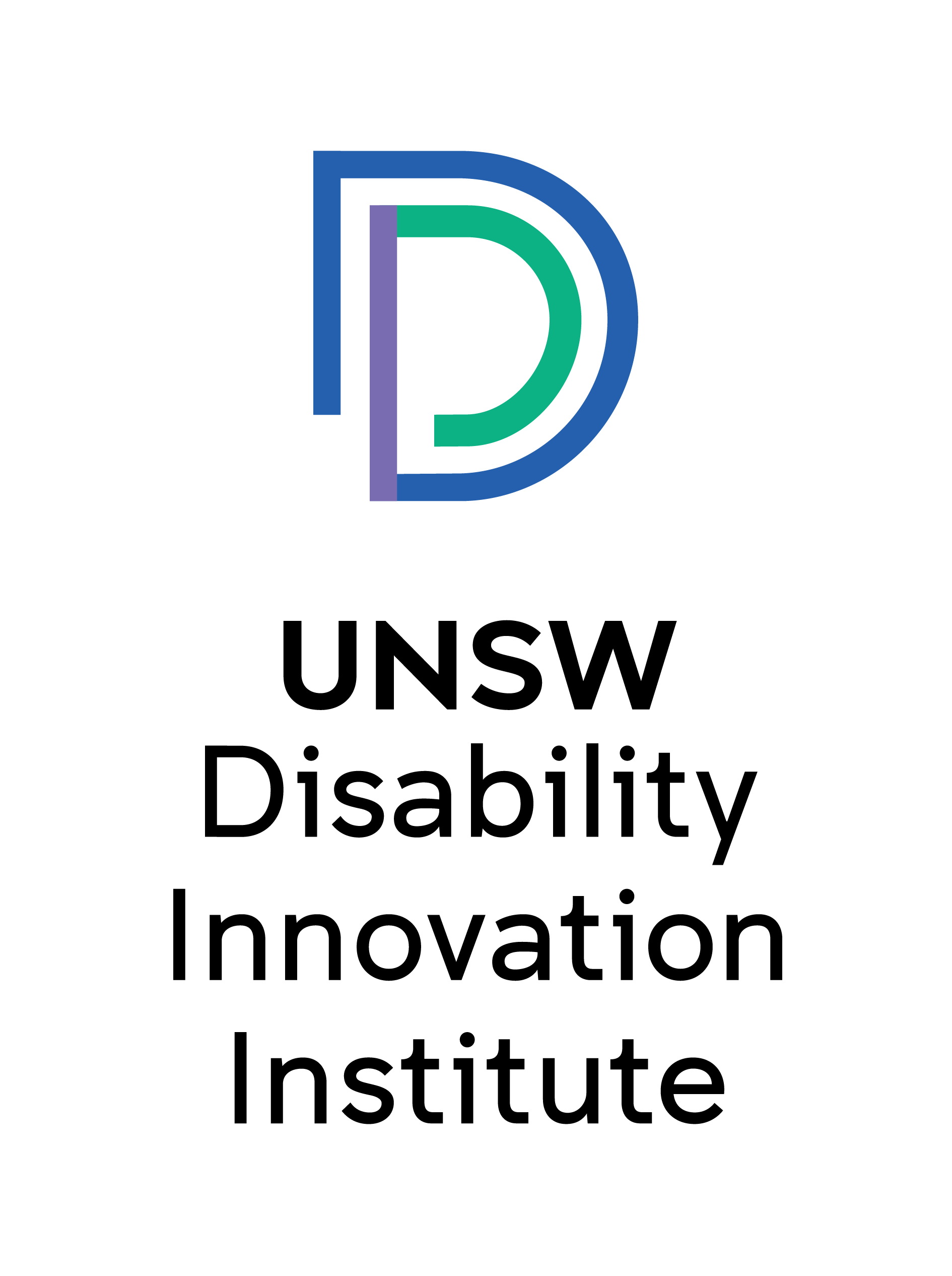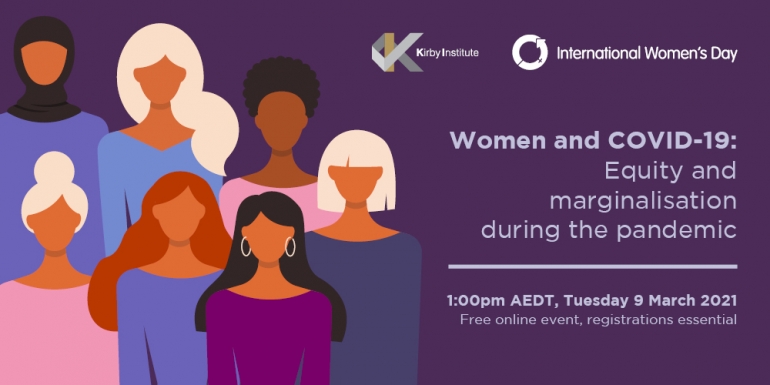The DIIU’s fundamental ethos is that disability is part of the human condition rather than solely a problem to be solved. In a sense that means rejecting the whole idea that people with disability are ‘marginal’: for example, statistically around 20% of all Australians at any moment are disabled, a figure that’s growing because of an ageing population and increasing life expectancy.
But it’s very clear that in reality, people with disability are marginalised. In Australia, they have much lower rates of employment (48% vs 80%) and at least some of that difference is due to discrimination or the presence of avoidable barriers.
The impact of COVID on people with disability was complex, unsurprisingly because the population of people with disability is not homogeneous. Many also experience additional marginalisation for some other reason, such as race or often sex or gender identity. Women with disability suffered the intersecting consequences of both axes of marginalisation. Intersecting oppression isn’t simply additive, but rather results in distinct forms of injustice. To be a disabled woman means experiencing injustice in some ways that a nondisabled woman, or a disabled man, would not.
There have been multiple examples where existing, ongoing discrimination against women with disability has been exacerbated by the pandemic and the public health measures taken by many countries to control it. For example, the economic impact of closures and job losses: women with disability are much more likely than disabled men to be unemployed or underemployed, to earn less, and as women to be in the kind of precarious, partial, and subsistence employment that makes their jobs first in line to be cut and last – if ever – to be restored. In another example, many disabled children and young people lost access to specialised schooling or educational supports during the pandemic, which has a particularly damaging impact on girls from cultures where it is not common for girls to be educated, let alone girls with disabilities.
Among the more specific consequences of the pandemic were the sudden disappearance of services essential to the lives of some people with disability. The Disability Royal Commission’s hearing on the impact of COVID on people with disability revealed many painful accounts, for example of support staff failing to turn up without warning to help someone out of bed, or to buy essential food and medication; the impossibility of shielding from infection when someone needs casual staff to enter their home on a daily basis and there is a lack of PPE for them or for the staff; confusing or inaccessible information from government and health services. Both men and women with disability were affected, but looking closely at the data it’s clear that women are more often directly and indirectly involved because of the gendered distribution of care. Women are many times more likely than men to be carers within a family or professionally, which means that disabled men are often able to rely on a spouse for care, where disabled women can’t, and also that disabled women will frequently find themselves in the role of carers to others, despite their own impairments.
In the early days of the pandemic there was concern that people with disability would be given lower priority for access to critical care, such as ventilation or a bed in the intensive care unit, and more recently similar concerns with respect to vaccination priority. Given that in some countries official guidance has implicitly or even explicitly deprioritised chronically ill or disabled people here, this is not an unrealistic fear. It was part of a more general issue: the way that public discussion around COVID has given disturbing insight into lingering discriminatory attitudes towards people with disability, that their lives are of less value or are burdensome, for example in comments on social media that COVID is not something to worry about “because it only kills people who are old or have underlying conditions” – that “only” is a giveaway about the value these lives are afforded.
[All three of the speakers on the panel commented on the recent reports of sexual harassment and assault, and a toxically misogynist culture in government. Jackie’s talk made reference to this:] The elephant in the room is the knowledge that that even under ‘normal’, that is nonpandemic, circumstances women with disability are more likely than nondisabled women to experience domestic and sexual violence. A report authored by Professor Leanne Dowse, Associate of the DIIU, and colleagues in 2016 indicated that disabled women under 50 are three times as likely to experience sexual violence than women without disability i. We also know that domestic and sexual violence has rocketed during lockdown, due to heightened tensions and stresses within the home as well as the extra isolation and inability to escape. For disabled people living in group settings, the risk of abuse has been increased since locking down facilities or restricting visits has had the unintended consequence of reducing external oversight by families or formal visitor schemes.
The pandemic has exposed a lack of data on the specific experiences of disabled people, and especially women with disability. In the future it will be vital to ensure that there is research into these important areas, and that data are disaggregated by sex and disability. Furthermore, we need inclusive research that involves disabled women and community based groups with lived experience of their situations and vulnerabilities.
Leanne Dowse, Karen Soldatic, Jo Spangaro and Georgia van Toorn. Mind the gap: the extent of violence against women with disabilities in Australia. Australian Journal of Social Issues 2016; 51: 341-359


